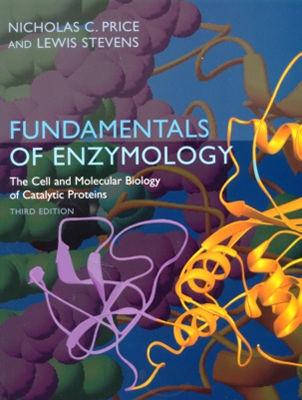
上一集提到這篇被有機化學家捅到半死不活的Science paper: Reactome Array: Forging a Link Between Metabolome and Genome. (Science 2009, 326, 252),這次換酵素學家來補刀也是剛好而已。布朗大學的David Cane以Enzymology的角度,提出種種質疑,讓我們來看他砍了哪幾刀:
(1) It is not clear how this method would work with enzymes that have a strict substrate specificity or narrow substrate range - for instance, most of the enzymes of glycolysis and the Krebs cycle. Is there any evidence that such enzymes would be able to process substrates that form parts of large, multifunctional complexes?

(2) It is not clear how this method would work with enzymes that require low molecular weight cofactors or cosubstrates - such as NAD(P)+/NAD(P)H; Fe(+2)-alpha-ketoglutarate, heme etc.

(3) Even broad-substrate-range CYP450 enzymes often require specific electron transport partners such as ferredoxin/ferredoxin oxidoreductases or flavodoxin/flavodoxin oxidoreductases.

(4) None of the alleged enzyme-induced cleavage of the various conjugates is explained or illustrated in a coherent fashion for an enzyme of known mode of action. What is the chemistry of the unusual Co-complex that can capture any protein, but only when the existing Co ligands are released by enzyme-mediated cleavage of the conjugate?

其實我要幫這篇paper說句公道話,第二跟第三點其實是解釋得通的,因為他們是用 cell extract 跟 reactome array反應的,所以裡面保留一些coenzymes或金屬離子其實並不意外,只是我也覺得第一點跟第四點是這篇paper的罩門,希望他們可以提出合理的解釋 (但是請先問過化學專家,不要再搞笑了,謝謝)。


 留言列表
留言列表